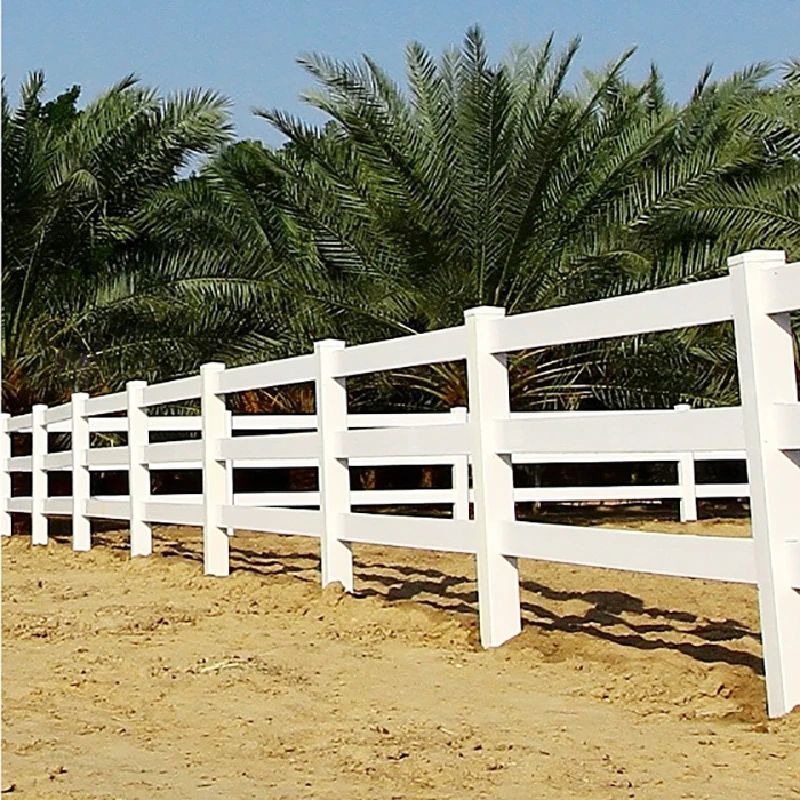Dec . 18, 2024 08:42 Back to list
Building Stock Fencing for Livestock Management and Property Protection
Erecting Stock Fencing A Comprehensive Guide
Erecting stock fencing is an essential task for any landowner or farmer who wishes to maintain control over their livestock and protect their property. Properly installed fencing not only confines animals to a designated area, reducing the risk of wandering off or getting into dangerous situations, but it also helps to keep unwanted wildlife and trespassers out of your land. This article will guide you through the process of erecting stock fencing effectively.
Understanding the Importance of Stock Fencing
Stock fencing is designed to contain livestock such as cattle, sheep, and goats, while also allowing farmers to manage their herds. By keeping animals enclosed, fencing plays a critical role in preventing overgrazing, protecting crops, and maintaining sustainable land use. Moreover, good fencing can enhance the aesthetic appeal of a property, indicating to visitors that the land is well cared for.
Planning Your Fence
Before you begin the physical work of installing a fence, it’s crucial to plan your fencing project. Start by assessing the layout of your land, considering factors such as topography, existing land features, and the behavior of the animals you aim to contain. Additionally, determine your budget, material preferences, and desired height for the fence.
Common materials for stock fencing include wooden posts, wire fencing, and barbed wire. While wooden posts offer durability and aesthetic appeal, wire options tend to be more economical and easier to install.
Tools and Materials Needed
To erect a stock fence, you will require specific tools and materials. Essential tools include a post hole digger, a hammer or fence stapler, wire cutters, and a level. As for materials, consider the following
- Posts Wooden or metal posts based on your preference and budget. - Wire Barbed wire, field fence, or high-tensile wire, depending on the type of livestock you have. - Fencing staples or ties To secure the wire to the posts.
erecting stock fencing

Steps to Erect Stock Fencing
1. Mark the Fence Line Utilize stakes and string to mark the line where your fence will go. This will help in visualizing the layout and ensuring it is straight.
2. Set the Posts Dig holes for the posts at regular intervals, typically every 8 to 12 feet. The depth of the holes should be 1/3 of the post height, ensuring stability. Place the posts in the holes, and fill them with concrete or tamped-down soil to secure them in position.
3. Attach the Wire Unroll your fencing wire along the line of posts, ensuring the bottom of the wire is close to the ground. Staple or tie the wire to each post securely. If using barbed wire, be careful with handling to avoid injuries.
4. Tension the Wire Once all the wire is attached, tension it to ensure it remains taut. This helps in maintaining the structure of the fence and prevents sagging over time.
5. Finish Touches Inspect the entire fence for any loose wires or unstable posts. Make any necessary adjustments, and add gates if required.
Maintenance
Regular maintenance of your stock fence is vital. Check for any signs of wear and tear, such as damaged posts or loose wire. Keeping the fence in good condition not only ensures the safety of your livestock but also prolongs the lifespan of the fence itself.
Conclusion
Erecting stock fencing can be a rewarding project for any property owner. By following these steps and dedicating some time to the task, you can create a sturdy and effective enclosure for your livestock. Not only will this enhance the management of your animals, but it will also contribute positively to the overall productivity and sustainability of your land.
-
Reinforcing Mesh: Core Material of the Construction Industry
NewsJul.07,2025
-
Welded Wire Fabric Reinvented for Modern Projects
NewsJul.04,2025
-
Superiority of Stainless Steel Woven Mesh
NewsJul.04,2025
-
Key Types of Razor Wire and Their Applications
NewsJul.04,2025
-
Durable Metal Fence Types for Security
NewsJul.04,2025
-
Best Materials for Livestock Fence
NewsJul.04,2025
products.







